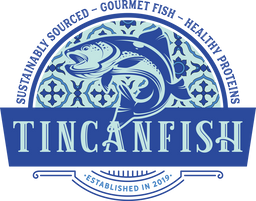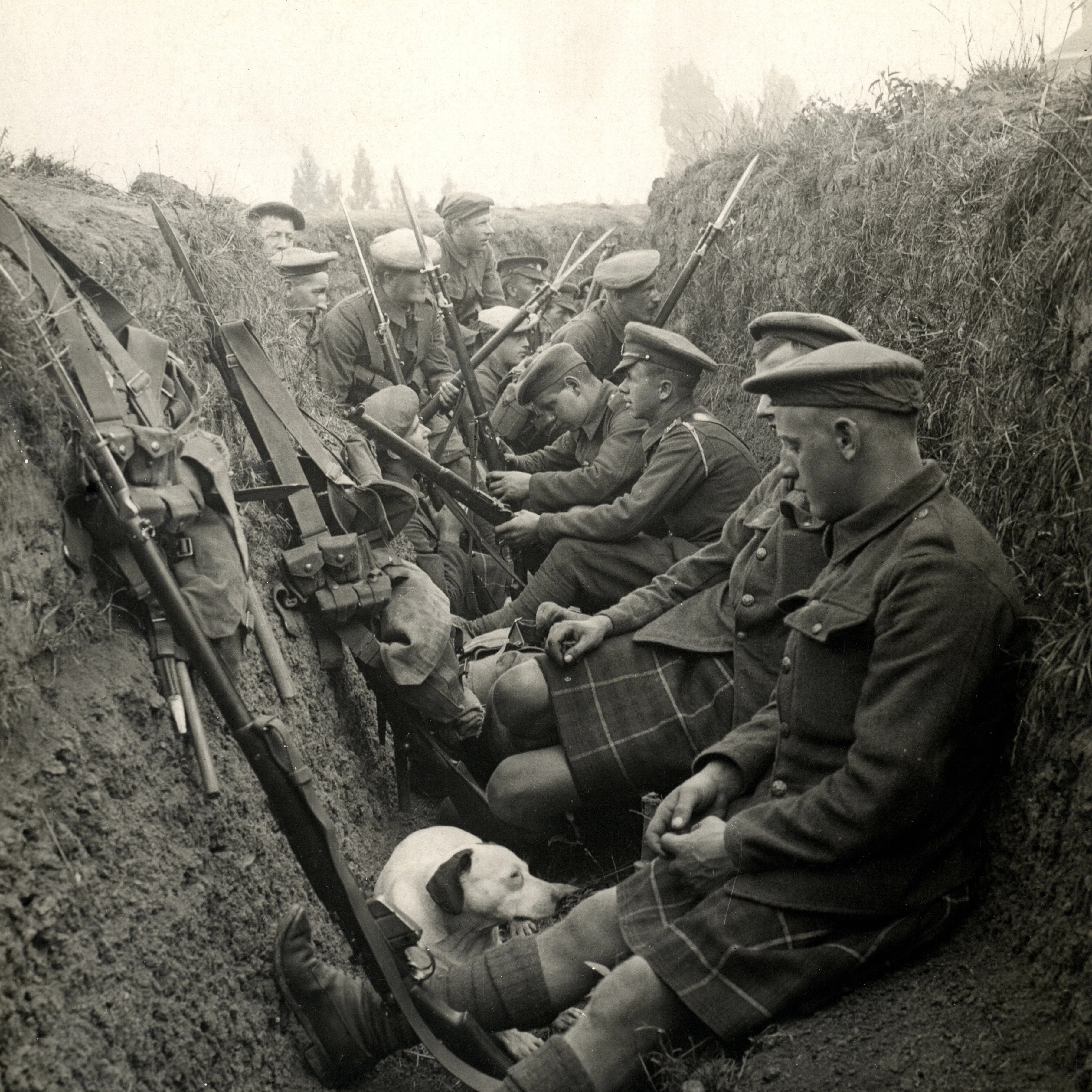Today, all types of canned food have made their way into our homes and hearts but did you know that food preservation dates back to 1809 France? Inventor Nicholas Appert, aka “the father of Food Science”, patented the process at the request of his government to supply French soldiers with food.
Despite Appert's revolutionary technique, the fragile glass bottles he used proved difficult to transport over long distances.
Englishman Peter Durand didn’t take long to capitalize on this method and remedied Appert’s oversight by using tin-coated iron cans instead of glass bottles. Durand struck gold, and by 1820, he was supplying large quantities of canned food to the Royal Navy.
The idea caught on like wildfire, and Durand's patented canning technique became a domino effect that led to a dramatic boom in the fishing and canning industries during wartime.
Let’s take a journey back in time to World War I and investigate the way canned food – specifically tinned fish – helped feed those on the frontlines.
Trench Warfare: WWI
Historians say that World War I was a war of trenches. These mud-filled oblong pits served as temporary homes for soldiers fighting on the frontline.
Life in the trenches consisted of endless days of machine-gun fire and artillery bombardment followed by long periods of extreme boredom.
Commanders initially believed that their troops would only stay in trenches for a short period of time. However, in most cases, the men were forced to live in the trenches for months or years at a time.
Feeding these soldiers soon became a problem for both sides. To make matters worse, transporting food to the trenches was no walk in the park. And even if it did arrive, the food ended up spoiled or in terrible condition.
Figuring out how to deliver food to soldiers became a critical requirement – its own kind of weapon – something that could affect the morale and performance of the soldiers. In other words, the faction that could better feed its troops would most likely win the battle.
Even though the United States formulated a well-prepared strategy to feed their soldiers, food shortages developed quickly.
How did we solve this problem? You guessed it – canned food. Tinned food was the most effective means of feeding soldiers when standard rations were scarce.
Tinned Fish Industry
The Pacific Northwest canned salmon industry shipped millions of cases of its product to Britain and France for consumption by allied troops and civilians during World War I.
The war fueled an enormous demand for sardines that brought Monterey, California to the pinnacle of fishing productivity and prosperity. In the decade following its inception, Monterey prepared itself for the massive spike in demand for canned sardines to be transported to soldiers on the frontlines.
A vast underwater canyon, known as the Monterey Canyon, funnels large amounts of cold, nutrient-rich water from the bottom of the Pacific Ocean, making Monterey’s fishing industry one of the most productive canning industries globally.
To give you a sense of scale, Cannery Row's wartime production went from 75,000 cases produced in 1915 to 1.4 million in 1918. There was no doubt – the war caused a ripple that transformed the canned fish industry lasting long after the Armistice of 1918.
In the postwar years, canneries continued to generate profit. However, the industry slowed during the Great Depression, then boomed again during World War II. During the second world war, the military largely managed the important American fisheries.

Fish is a Fighting Food
In its inception, canned fish provided a cost-effective and efficient method of feeding tens of thousands of soldiers. During World Wars I & II, it offered a primary food source that was preservable, transportable, and gave soldiers a salty snack that tasted like home.
Today, an abundant supply of canned food has made its way around the world and has become a household staple among friends, family, and loved ones.
So the next time you crack open a can of tinned tuna to make your famous tuna salad for your friends or a casserole for your mother-in-law, take a moment to appreciate where that little can came from and remember all those who passed fighting for freedom at home and abroad.
Note: fact-checking and scientific research were used in the creation of this article, but the views expressed are opinions and not based on original research by TinCanFish.


